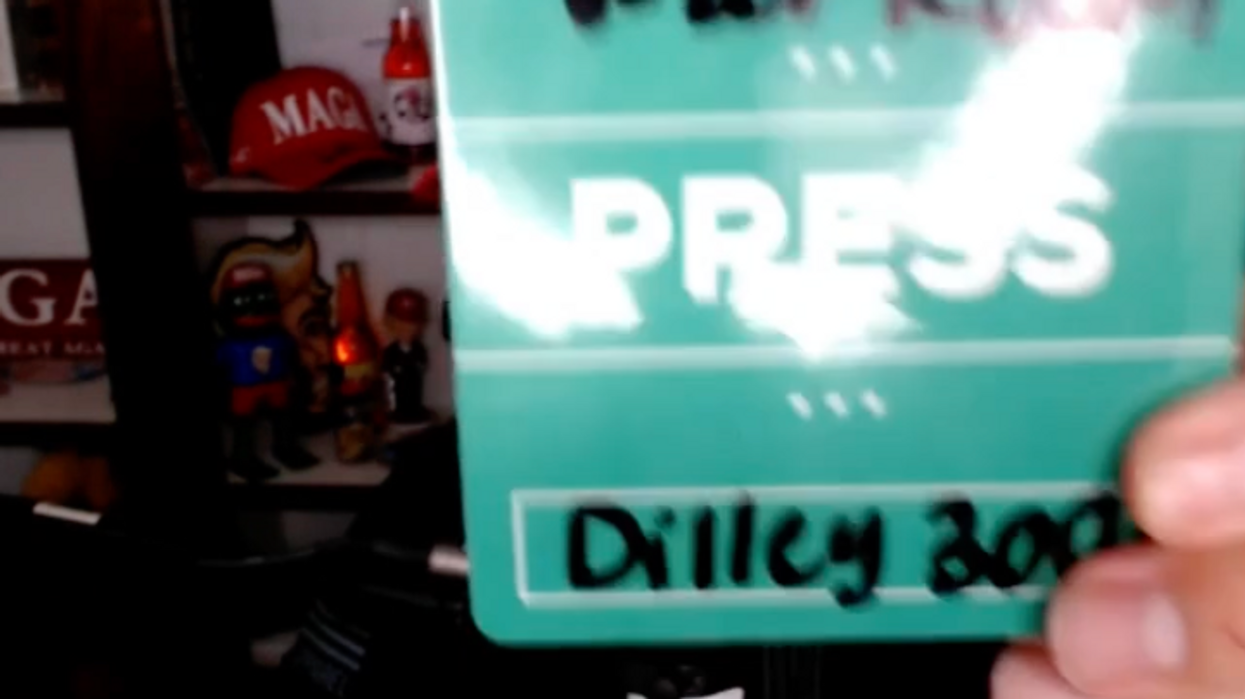
By Noel Randewich
(Reuters) — Investors rattled about China sent U.S. stock indices almost 4-percent lower on Monday in an unusually volatile session that confirmed the S&P 500 was formally in a correction, even after a dramatic rebound by Apple (AAPL.O).
The Dow Jones industrial average (DJI) briefly slumped more than 1,000 points, its most dramatic intraday trading range ever.
Monday’s drop followed an 8.5 percent slump in Chinese markets, which sparked a selloff in global stocks along with oil and other commodities.
Wall Street had stayed in s narrow range for much of 2015, but volatility jumped this month as investors became increasingly concerned about a potential stumble in China’s economy and after Beijing surprisingly devalued its currency.
Some investors unloaded stocks ahead of the close after looking to make money from volatile price swings earlier in the session.
“If things don’t settle down in China, we could have another ugly open tomorrow and you wouldn’t want to be caught holding positions you bought this morning,” said Randy Frederick, managing director of trading and derivatives for Charles Schwab in Austin.
Apple’s Chief Executive Tim Cook, in comments to CNBC, took the unusual step of reassuring shareholders about the iPhone maker’s business in China ahead of a dramatic 13-percent drop and rebound in its stock, which closed down just 2.47 percent at $103.15.
The Dow Jones industrial average (DJI) closed down 588.4 points, or 3.57 percent, at 15,871.35.
The S&P 500 (SPX) lost 77.68 points, or 3.94 percent, to 1,893.21, putting it formally in correction mode.
An index is considered to be in correction when it closes 10 percent below its 52-week high. The Dow was confirmed to be in a correction on Friday.
The Nasdaq Composite (IXIC) dropped 179.79 points, or 3.82 percent, to 4,526.25, also in correction.
The CBOE Volatility index (VIX), popularly known as the “fear index”, briefly jumped as much as 90 percent to 53.29, its highest since January 2009.
Preliminary data from BATS Global Markets show that there were 1,287 trading halts on U.S. stock exchanges due to excessive volatility or the tripping of circuit breakers, far more than usual.
The S&P 500 index showed 187 new 52-week lows and just two highs, while the Nasdaq recorded 613 new lows and eight highs.
“Emotions got the best of investors,” said Philip Blancato, chief executive at Ladenberg Thalmann Asset Management in New York.
“The conjecture that the Chinese economy can propel the U.S. economy into recession is ridiculous, when it’s twice the size of the Chinese economy and is consumer-based.”
All of the 10 major S&P 500 sectors were down, with energy (SPNY) losing 5.18 percent.
U.S. oil prices were down about 5 percent at 6-1/2-year lows, while London copper and aluminum futures hit their lowest since 2009.
Exxon (XOM.N) and Chevron (CVX.N) each fell more than 4.7 percent. U.S. oil and gas companies have already lost about $310 billion of market value this year.
The dollar index (DXY) was down 1.67 percent. It fell more than 2 percent earlier to a 7-month low as the probability of a September rate hike receded.
Traders now see a 24-percent chance that the Federal Reserve will increase rates in September, down from 30 percent late on Friday and 46 percent a week earlier, according to Tullett Prebon data.
Wall Street’s selloff shows investors are becoming increasingly nervous about paying high prices for stocks at a time of minimal earnings growth, tumbling energy prices, and uncertainty around a rate hike.
Alibaba (BABA.N) lost 3.49 percent to $65.80, below its IPO price of $68, making it the second high-profile tech company to fall below its IPO price in the past week after Twitter (TWTR.N) on Thursday.
Declining issues outnumbered advancers on the NYSE 3,064 to 131. On the Nasdaq, 2,632 issues fell and 281 advanced.
Volume was heavy, with about 13.9 billion shares traded on U.S. exchanges, well above the 7.0 billion average this month, according to BATS Global Markets.
(Additional reporting by Tanya Agrawal; Editing by Nick Zieminski and Chizu Nomiyama)
Photo: Traders work on the floor of the New York Stock Exchange August 24, 2015. REUTERS/Brendan McDermid


